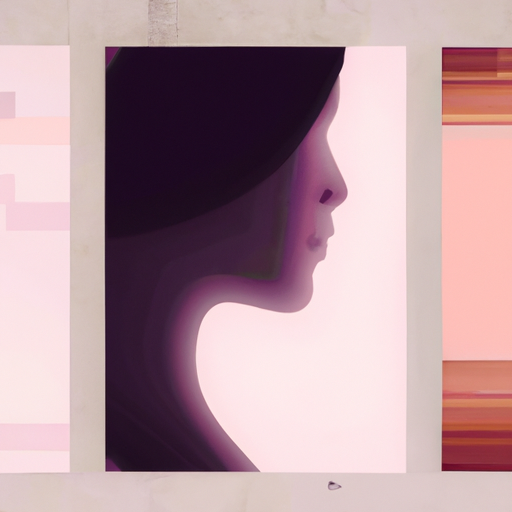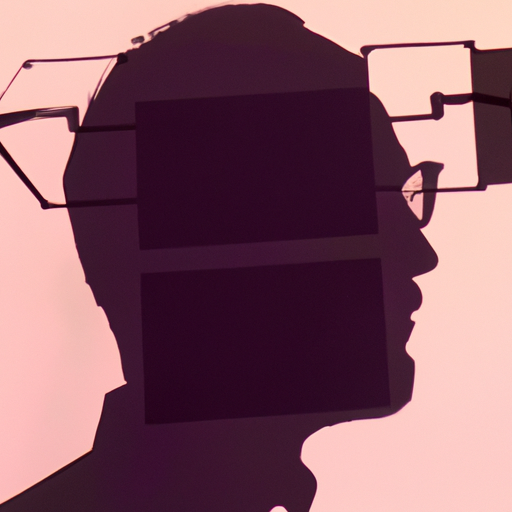
-
Table of Contents
- Surrealism’s Creative Spark in Modern Design
- The Influence of Surrealism on Modern Design
- Case Study: Salvador Dalí’s Influence on Furniture Design
- The Role of Surrealism in Graphic Design
- Case Study: The Surrealistic Posters of Jan Toorop
- The Influence of Surrealism on Product Design
- Case Study: The Surrealistic Designs of Studio Job
- Summary
Surrealism’s Creative Spark in Modern Design

Surrealism, an artistic and literary movement that emerged in the early 20th century, has had a profound impact on modern design. With its emphasis on the irrational, the dreamlike, and the subconscious, surrealism has provided designers with a rich source of inspiration and a new way of approaching creativity. In this article, we will explore how surrealism has influenced modern design and examine some notable examples of its application.
The Influence of Surrealism on Modern Design
Surrealism challenged traditional notions of art and design by embracing the irrational and the subconscious. It sought to break free from the constraints of logic and reason, instead exploring the world of dreams, fantasies, and the unconscious mind. This approach opened up new possibilities for designers, allowing them to create visually striking and thought-provoking works.
One of the key principles of surrealism is the juxtaposition of unrelated objects or ideas. This technique, known as “displacement,” creates a sense of surprise and intrigue. In modern design, this can be seen in the use of unexpected combinations of materials, colors, and shapes. For example, a chair made from a combination of metal and fabric or a lamp that resembles a floating cloud are both examples of surrealistic design.
Case Study: Salvador Dalí’s Influence on Furniture Design
Salvador Dalí, one of the most famous surrealist artists, had a significant impact on furniture design. His iconic “Lobster Telephone” is a prime example of how surrealism can be translated into functional objects. The telephone, which features a lobster as the receiver, challenges our expectations of what a telephone should look like. It blurs the line between art and design, creating an object that is both visually striking and functional.
Dalí’s influence can also be seen in the work of other designers. For instance, the “Mae West Lips Sofa” by Salvador Dalí and Edward James is a surrealist piece of furniture that takes the form of a pair of lips. It is a playful and provocative design that challenges traditional notions of furniture.
The Role of Surrealism in Graphic Design
Surrealism has also had a significant impact on graphic design. Its emphasis on the irrational and the dreamlike has provided designers with a new way of communicating ideas and emotions. Surrealistic elements, such as unexpected juxtapositions and distorted perspectives, can create a sense of mystery and intrigue in graphic design.
One of the key techniques used in surrealistic graphic design is “automatic drawing.” This involves creating spontaneous and unplanned drawings, allowing the subconscious mind to guide the creative process. This technique can be seen in the work of graphic designers such as Max Ernst and René Magritte, who used automatic drawing to create visually striking and thought-provoking images.
Case Study: The Surrealistic Posters of Jan Toorop
Jan Toorop, a Dutch graphic designer, was heavily influenced by surrealism. His posters, which often featured distorted perspectives and unexpected combinations of objects, are prime examples of how surrealism can be applied to graphic design. One of his most famous works, “The Three Brides,” features three women with elongated necks and flowing hair, creating a sense of otherworldliness and mystery.
Toorop’s work demonstrates how surrealism can be used to create visually striking and emotionally evocative designs. By challenging traditional notions of perspective and reality, Toorop was able to create images that captivate the viewer and invite them to explore the hidden depths of their own subconscious.
The Influence of Surrealism on Product Design
Surrealism has also made its mark on product design, with designers incorporating surrealistic elements into everyday objects. By subverting our expectations and challenging the familiar, these designs create a sense of wonder and intrigue.
One example of surrealistic product design is the “Melting Clock” by Salvador Dalí. Inspired by his famous painting “The Persistence of Memory,” the clock appears to be melting, defying the laws of physics. This design challenges our perception of time and creates a sense of surrealism in an otherwise ordinary object.
Case Study: The Surrealistic Designs of Studio Job
Studio Job, a design studio founded by Job Smeets and Nynke Tynagel, is known for its surrealistic approach to product design. Their work often features unexpected combinations of materials and forms, creating objects that are both functional and visually striking.
One of their notable designs is the “Banana Lamp,” which takes the form of a banana with a lightbulb inside. This design plays with our expectations of what a lamp should look like, creating a sense of surprise and delight. Another example is the “Industry Collection,” which combines traditional craftsmanship with industrial elements, resulting in a series of furniture pieces that challenge our notions of what is possible in design.
Summary
Surrealism has had a profound impact on modern design, challenging traditional notions of art and design and opening up new possibilities for creativity. Its emphasis on the irrational, the dreamlike, and the subconscious has provided designers with a rich source of inspiration and a new way of approaching design. From furniture design to graphic design and product design, surrealism has influenced a wide range of disciplines, creating visually striking and thought-provoking works. By incorporating surrealistic elements into their designs, designers can create objects and images that captivate the viewer and invite them to explore the hidden depths of their own subconscious.
